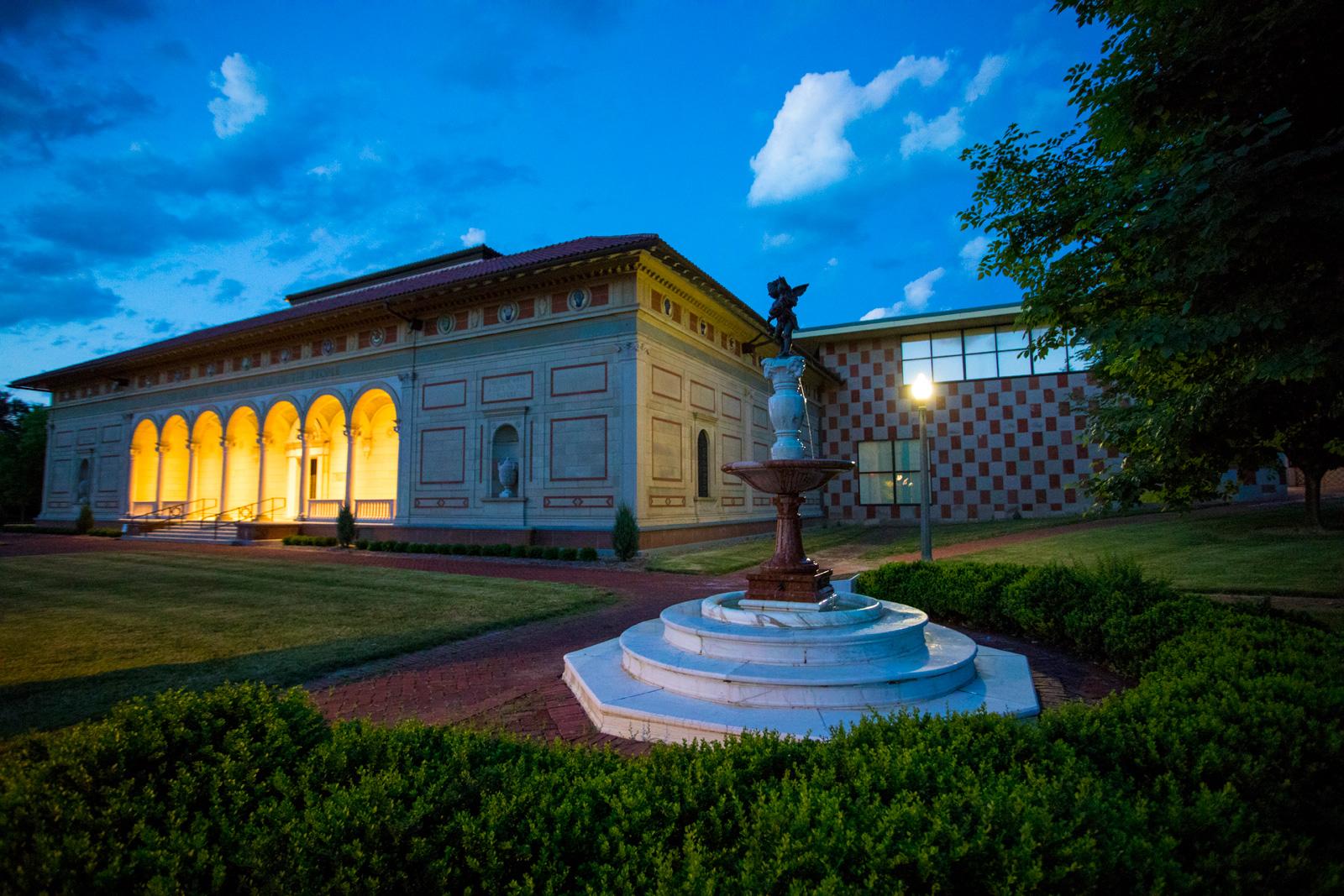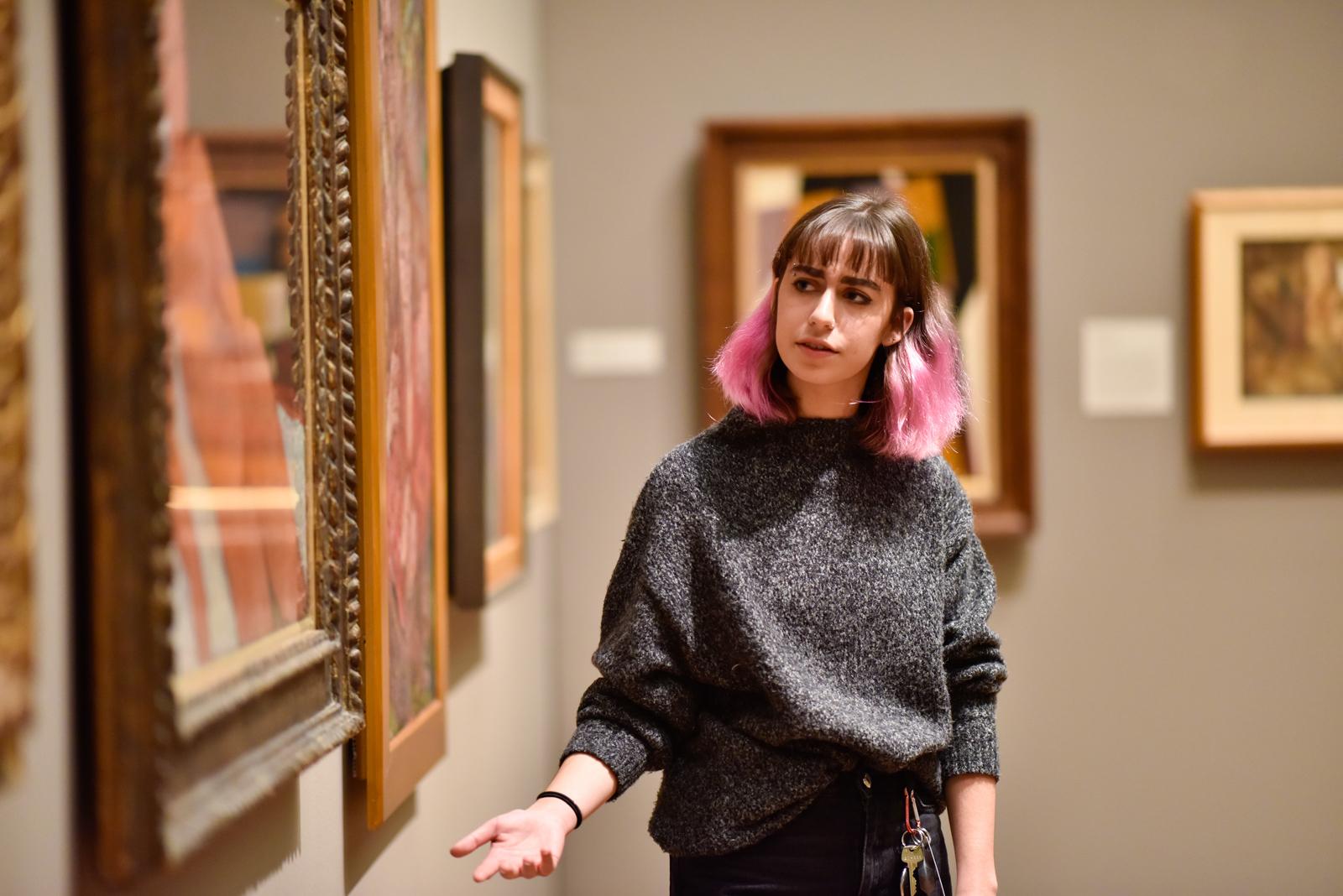
Program Overview
Art History
Explore visual and material cultures from around the globe.
Photo credit: Yevhen Gulenko
The Material and Visual, the Global and Regional
More than 15,000 works of art spanning world cultures over six millennia in the Allen Memorial Art Museum
Curating Culture
Work side-by-side with faculty and curators to launch a new exhibition, building concrete skills for a career in the arts.

Art Rental
An Oberlin tradition since 1940, Art Rental invites students to live with an original work of art for a semester.
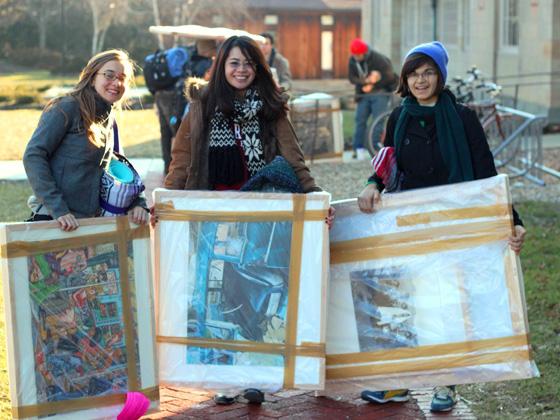
Undergraduate Research
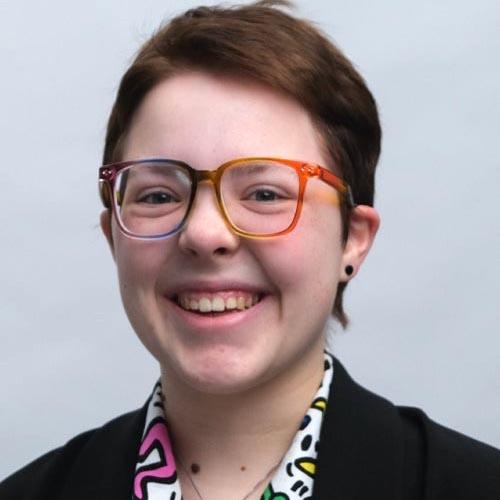
My project explores the intersections between queer and Christian iconography and identity in the art, life and legacy of '80s pop artist Keith Haring.
Featured Courses
ARTH 154
Approaches to African Art
This course introduces students to the visual cultures of Africa and its diasporas. Through thematic case studies, students explore African performance, ritual, sexuality, and identity. Special attention is paid to cross-cultural influences, impacts of empires, slavery and colonialism, and the contemporary art market.
- Taught by
- Matthew Rarey
ARTH 214/JWST 326
Sacred Art of the Medieval Mediterranean
Explore the art and architecture of Judaism, Christianity and Islam in the Mediterranean from the first to the fifteenth century. What role did Synagogues, Churches and Mosques play in everyday life? We will study key sites (Jerusalem, Damascus, Rome, Istanbul) and media (metalwork, textiles, and manuscripts) to better understand the exchange and conflict between three important religions.
- Taught by
- Erik Inglis ’89
ARTH 253 / HISP 253
Latinx Art: Past and Futures
In the past thirty years, Latinx art has emerged as a distinct field of study within Art History, absorbing a diverse group of artists working across styles into one category. This survey pairs an overview of Latinx art from 1945 through the present with the theories and arguments that serve as the foundation for the field. Guiding questions are: what are the possibilities and limitations of Latinx art? What role does aesthetics play? What is the future of the field? In particular, we will explore the role of Queer, Black, Indigenous, and feminist histories in the development of Latinx art.
- Taught by
- Ana Cristina Perry
ARTH 329
Cultural Property? Art, Heritage, Ownership
How do modern viewers relate to objects from the past? Should antiquities be admired in museums and collected as possessions? Or should we seek to reconstruct an object’s original historical function? With a focus on China, this course examines what archaeologists, art historians, collectors and museum curators have to say in response to these questions. Students will research case studies to weigh positions on the many sides of these debates.
- Taught by
- Bonnie Cheng
Student Profiles
Watson Fellow in the Global South
Art history major Madi Goetzke ’21 will spend a year traveling the world as a Watson fellow to analyze the role of communally-based cultural heritage sites in Panama, Malaysia, Brazil, and Nigeria.
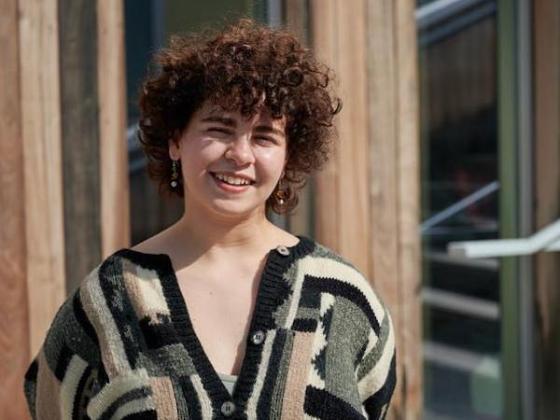
Making Murals
From Oberlin’s art history classrooms to a Philadelphia NGO, Elka Lee-Shapiro ’18 follows her artistic and educational passions.
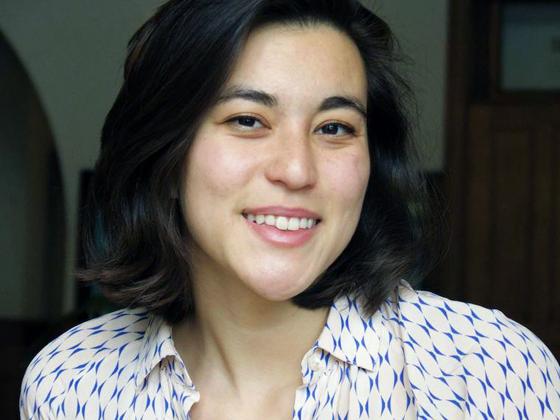
From Major to Curator
Having worked at the Allen Museum as a student, Emma Laube ’17 joins its staff as a curatorial assistant.
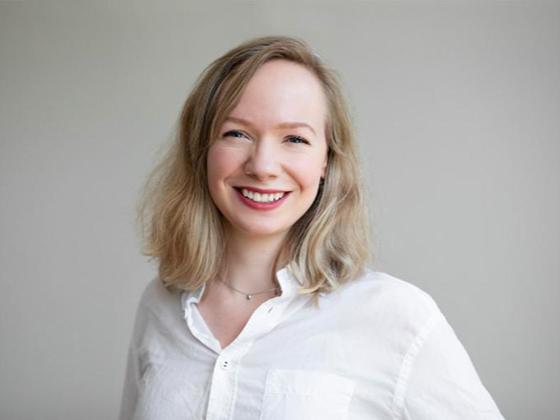
Upcoming Art History Events
Studio Art & Art History Open House
Details: Date, Time, and Location
-
Time
3:00 pm to 5:00 pm EDT -
Location
Richard D. Baron ’64 Art Gallery
What does Art History at Oberlin look like?
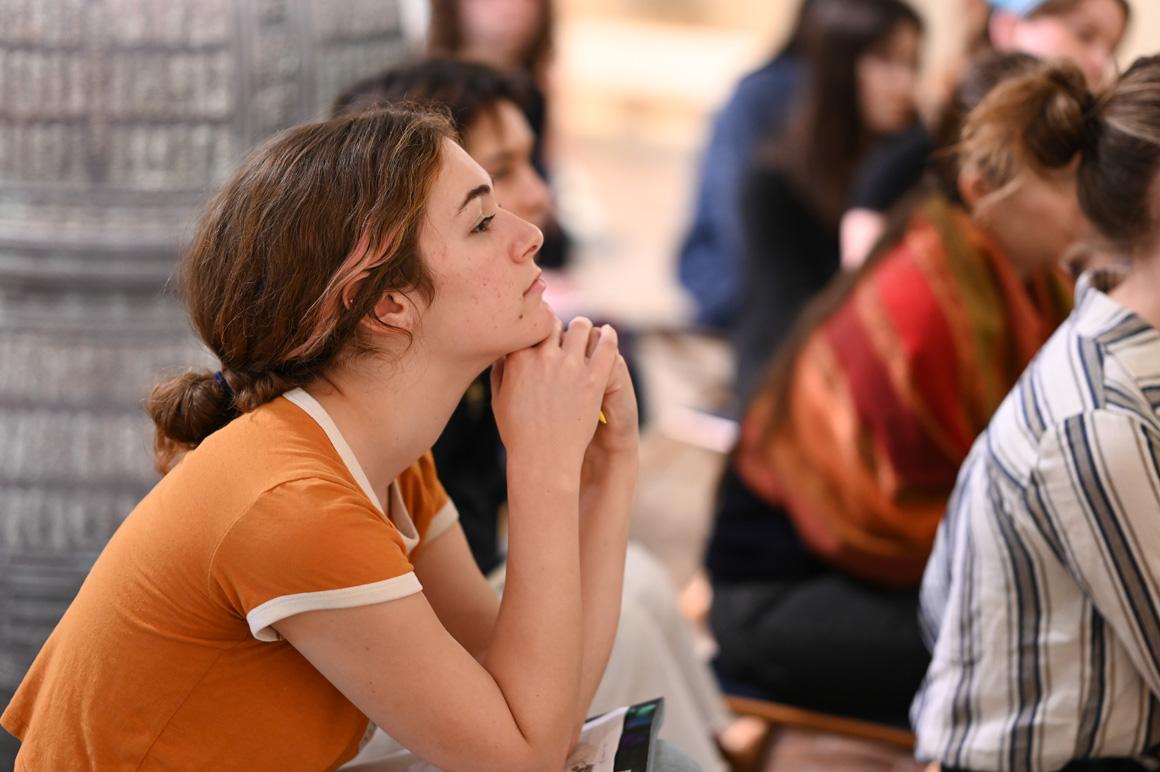
Students have the opportunity to attend an exciting roster of public talks hosted by the Art department, the AMAM, and Art Library.
Photo credit: Yevhen Gulenko
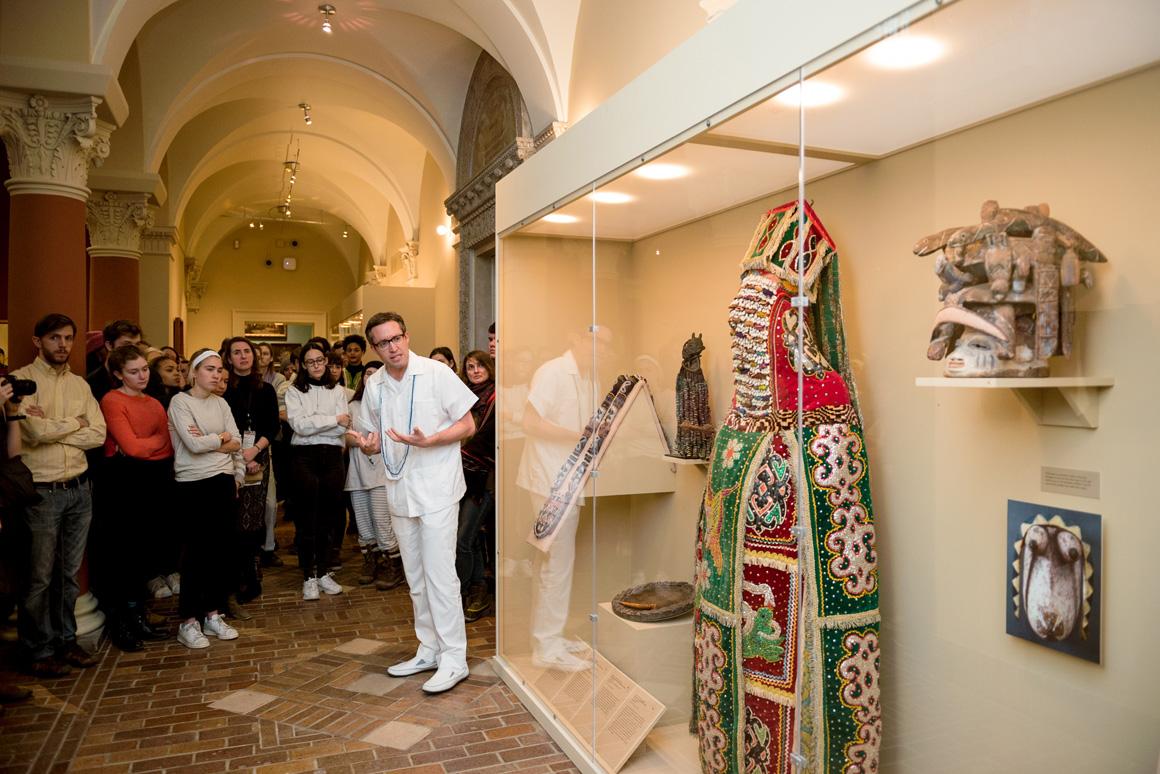
Professor Matthew Rarey leads a discussion in the AMAM about a new installation of African art curated with students in one of his courses.
Photo credit: Yevhen Gulenko
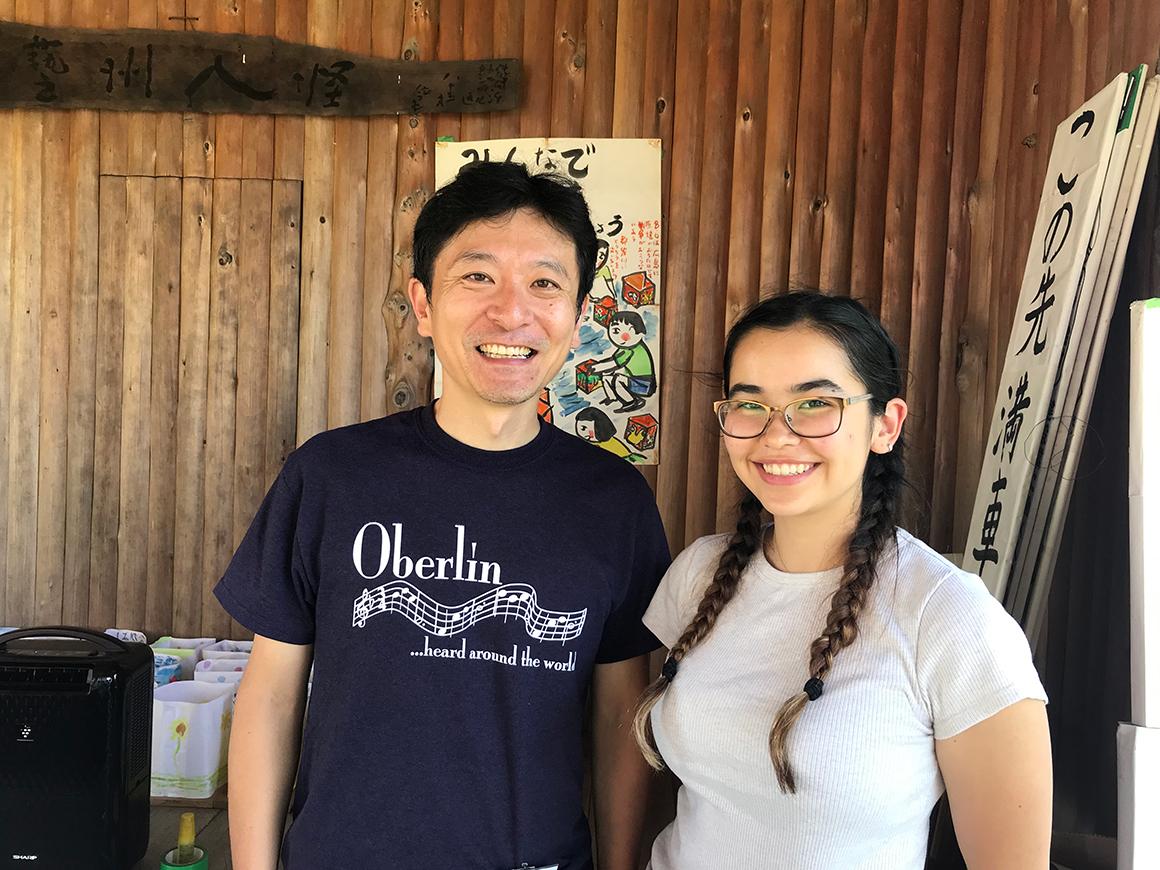
Art History, Psychology and East Asian Studies triple major Leina Fieleke ’21 interned at the Maruki Gallery for the Hiroshima Panels in Saitama, Japan during the summer of 2019 with the support of an Oberlin Shansi grant.
Photo credit: courtesy of Leina Fieleke
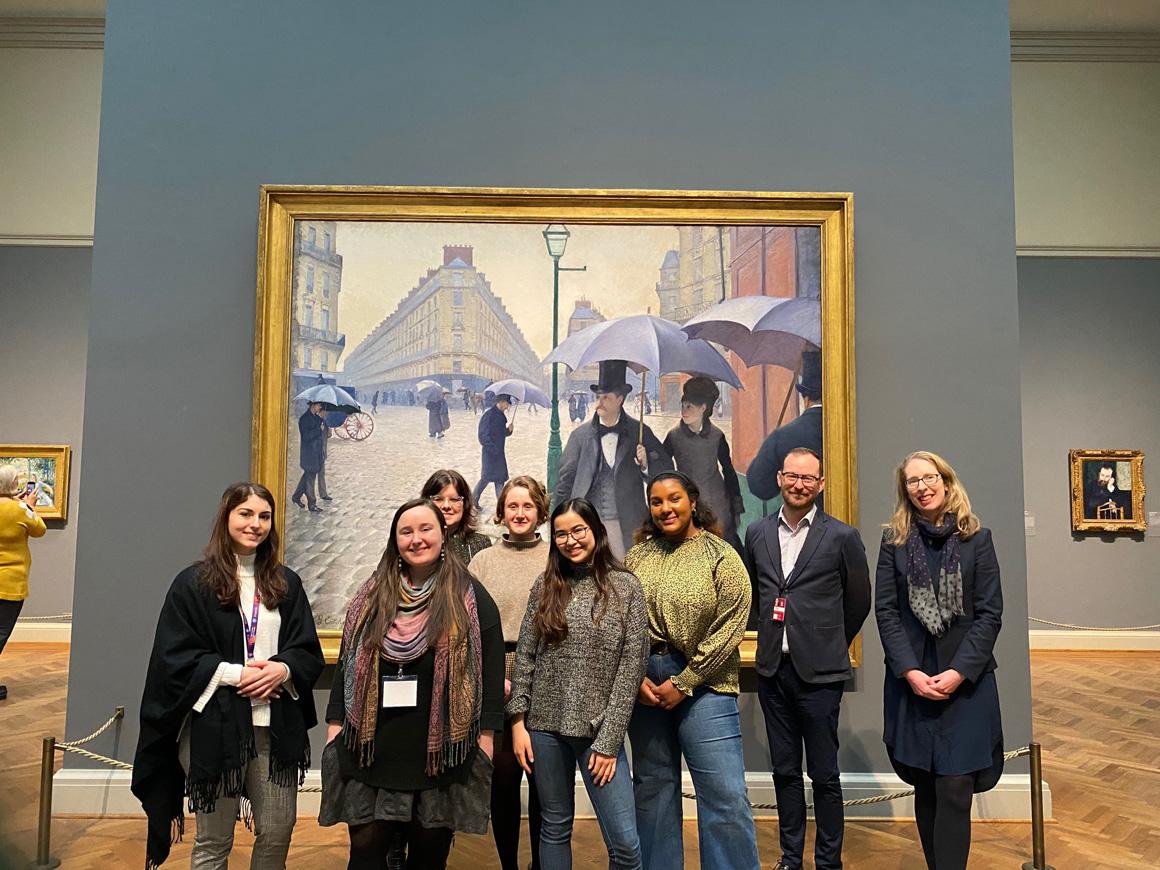
Of the thirty-six undergraduates invited to speak at the 2020 College Arts Association conference in Chicago, five (pictured here with Professor Christina Neilson and museum curators) were from Oberlin.
Photo credit: courtesy of Christina Neilson
